Mingalaba from Myanmar! Perhaps you can’t locate me yet in South-East Asia but I’m sure many of you will recognise iconic images from ‘Burma’ – the elegant ‘long-neck’ ladies of the Kayan tribe resplendent with tightly coiled brass rings to elongate their necks or an image of Buddhist monks in maroon robes crossing an impossibly long teak stilt bridge, carrying their alms bowls and silhouetted by the sunrise.
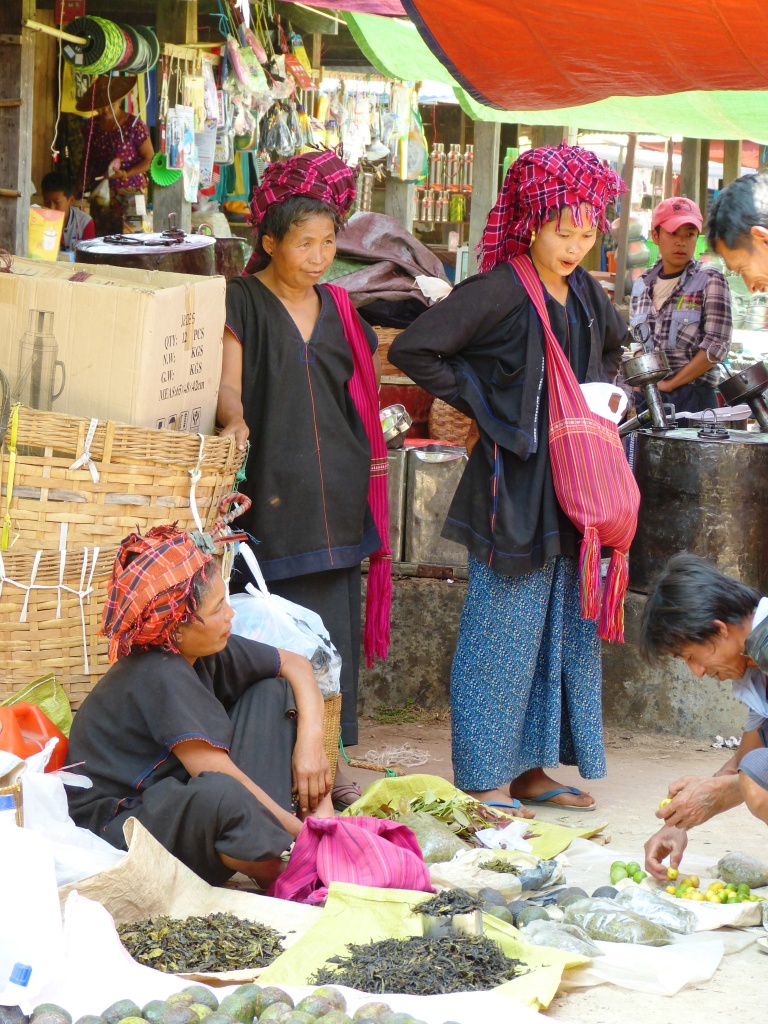
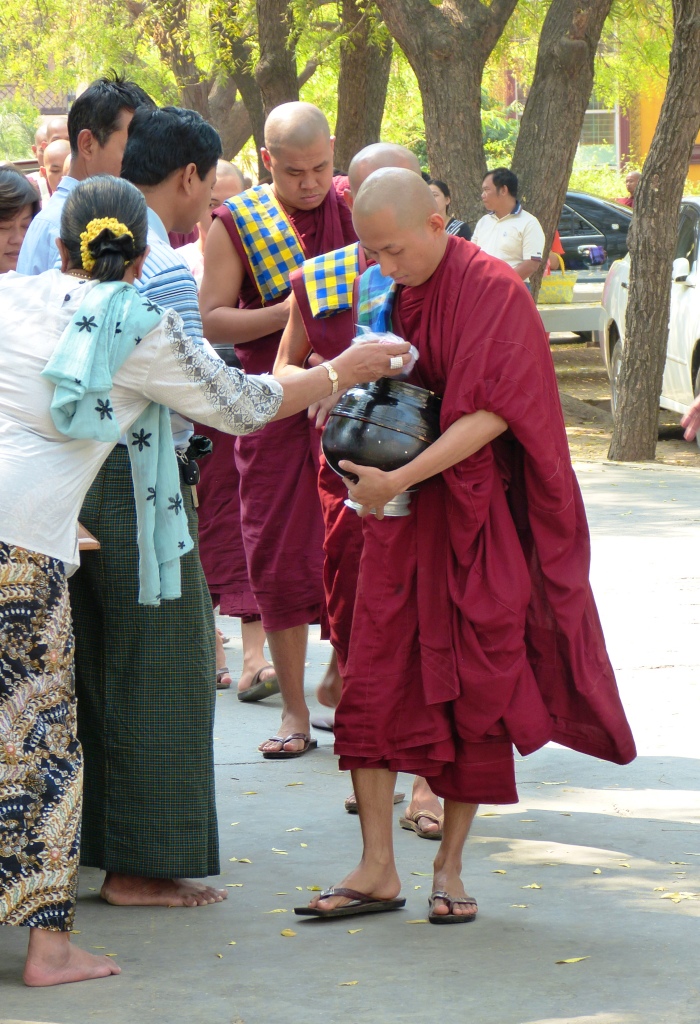
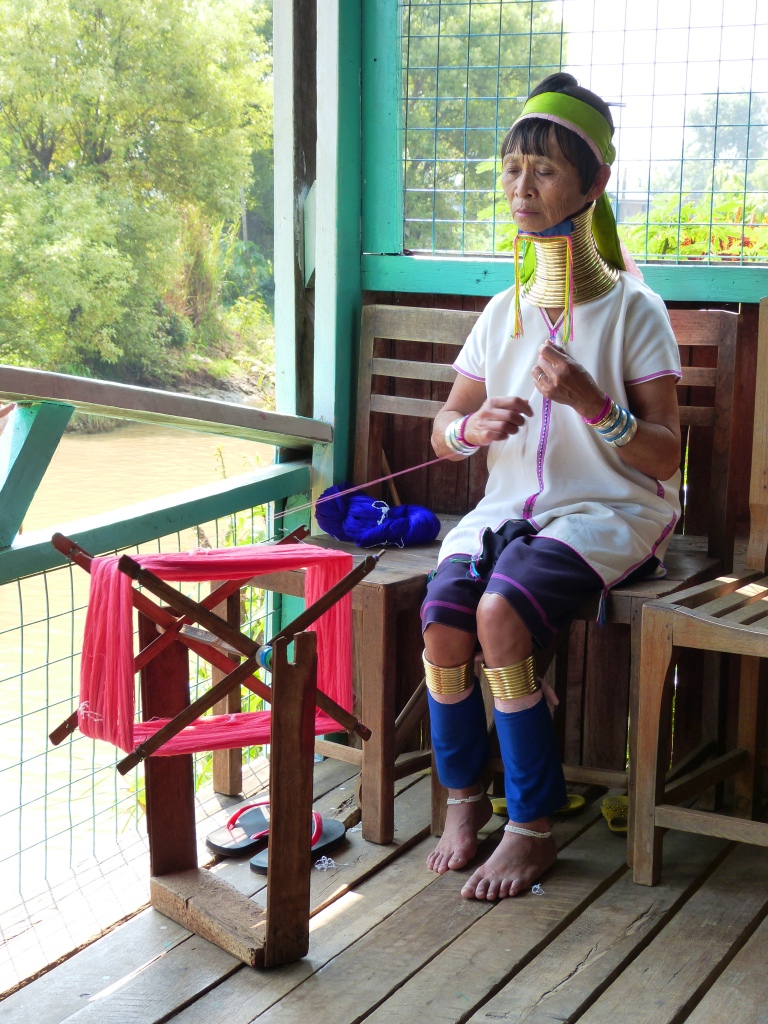
Myanmar emerged from British ‘colonization’ to an oppressive military authoritarian regime in the 1960s. The country is now tiptoeing towards a democracy & it’s an interesting time to visit.
Perhaps more than any other Asian country Myanmar’s culture seems defined by Buddhist practice. Monks and novices are revered & it is common place just after sunrise in any town or village to see them file through the streets, heads bowed, for locals to fill their alms bowls with food. This feels like the land of a thousand pagodas – it’s currently the hot season & much of the landscape is dry and parched but the white haze of heat is pierced in every direction by the spires of hundreds of Buddhist stupas & temples – whether whitewashed, terracotta brick or gilded.
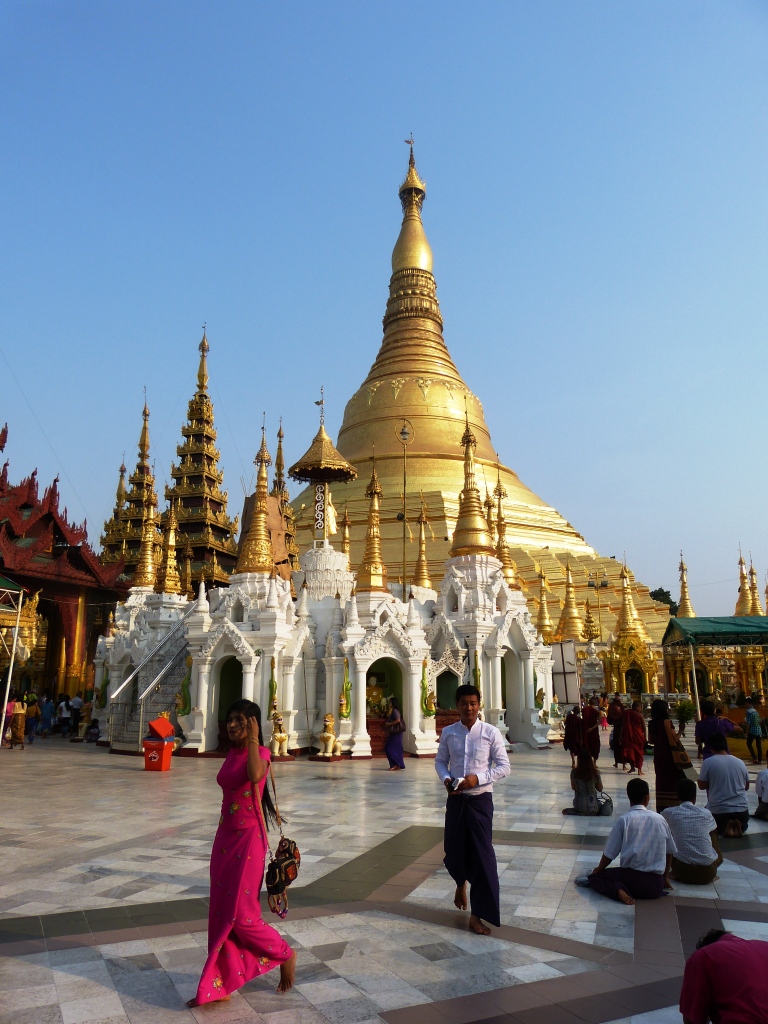
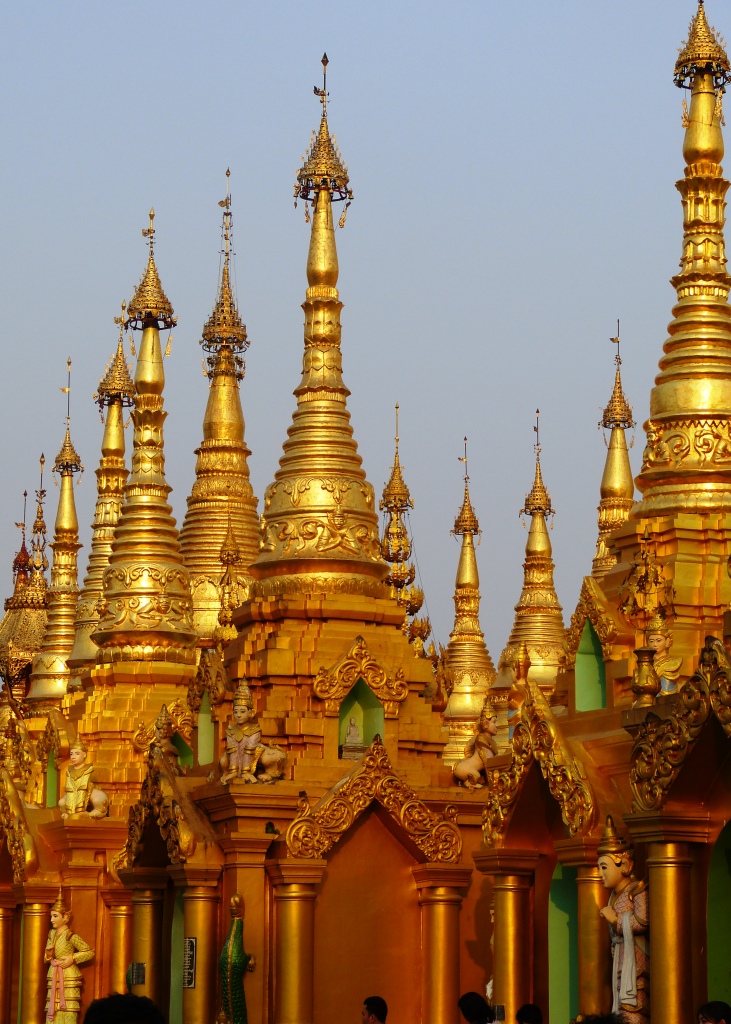
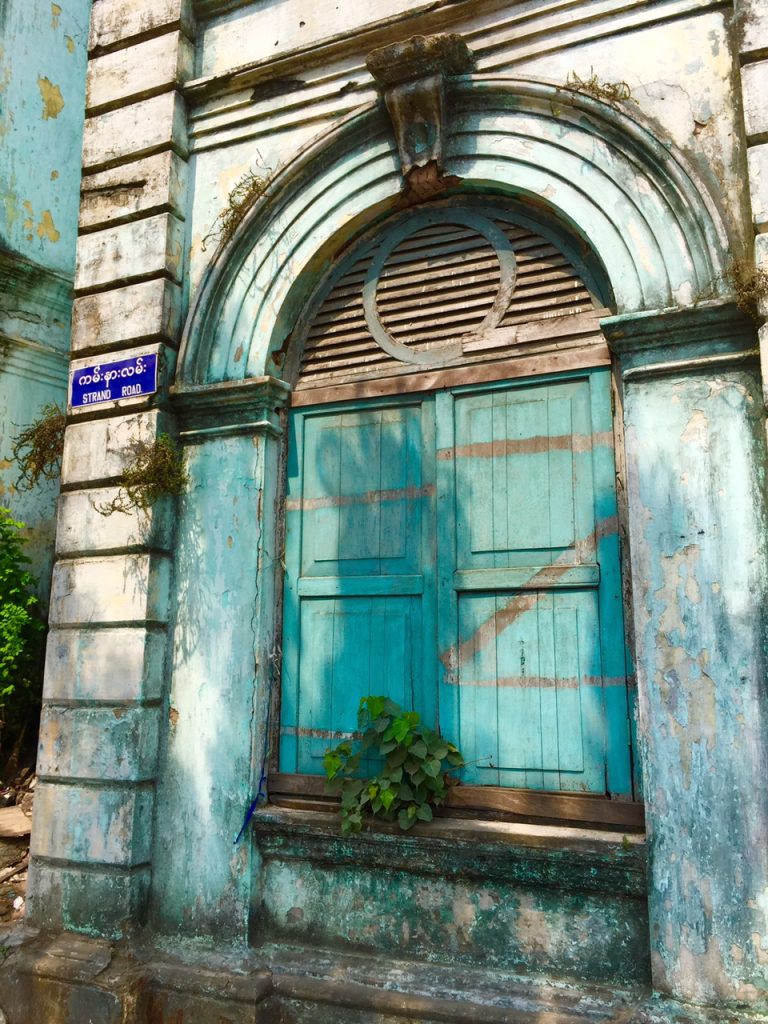
I’ve started this journey in Yangon (Rangoon) where many of the colonial British buildings are now dilapidated and grimy, with plants growing thickly from cracks in the walls & pigeons and swallows seemingly the only inhabitants now. Street sellers fill the pavements with makeshift stalls & the road is splattered with orange stains from locals spitting betel juice. Military nationalist slogans still remind the locals of ‘correct beliefs’.
I’ve since traveled north to Mandalay (a former Royal capital) – another place that time has forgotten since Rudyard Kipling wrote of its charm in his poem The Road to Mandalay.
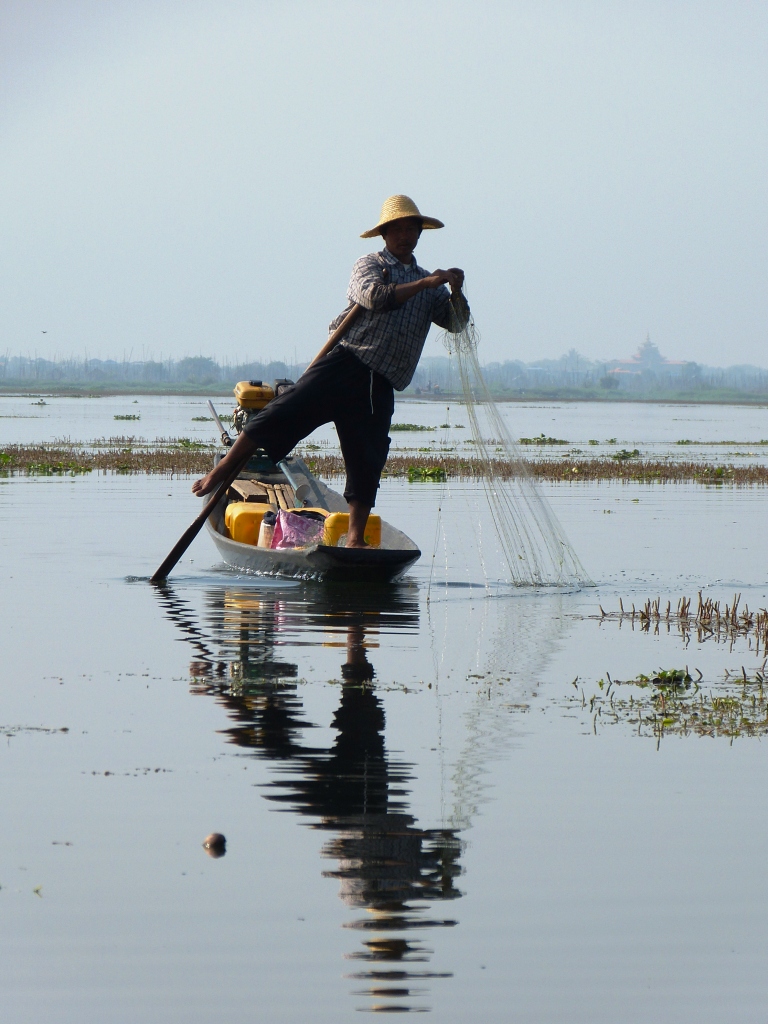
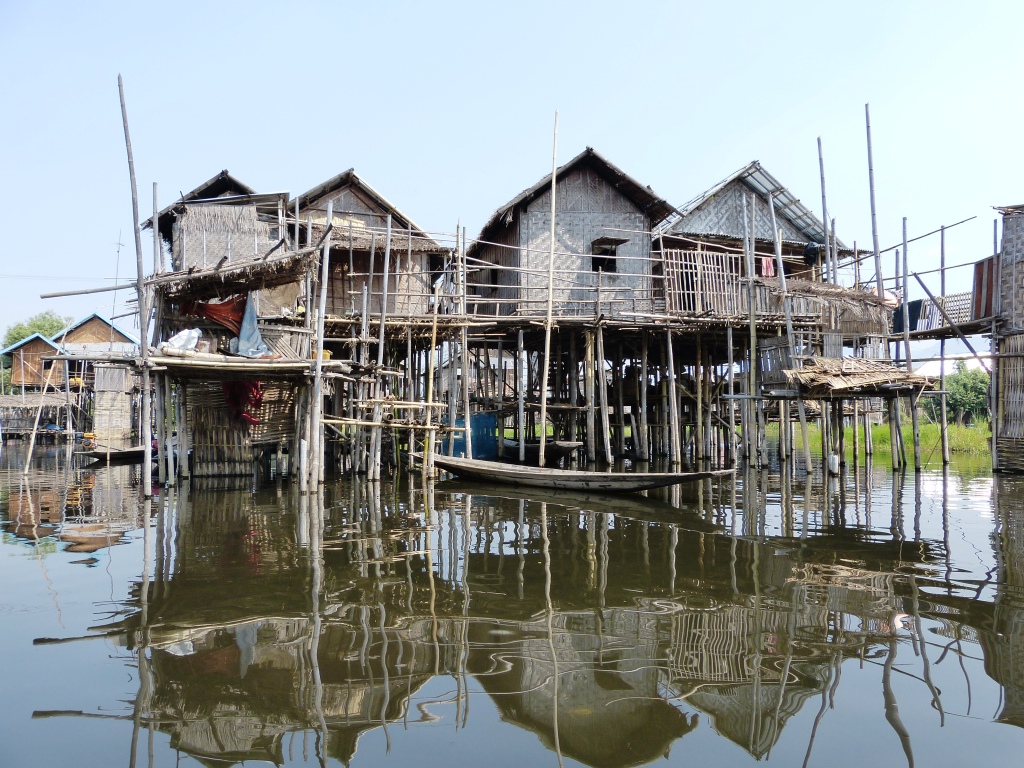
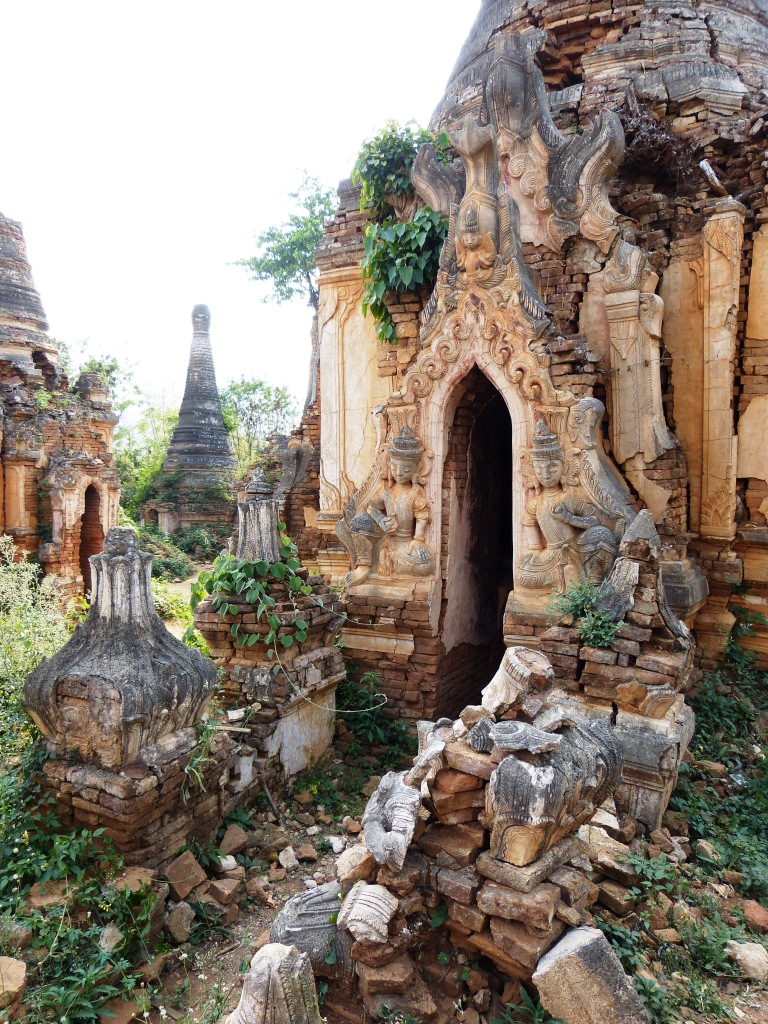
Of greater fascination has been the road east to Inle Lake – a crossroads of sorts for some of the hundred or more ethnic ‘hill tribe’ minorities of Myanmar. Inle Lake is a biosphere rich with bird life but its marshy shores & shallows have been extensively built over with villages of teakwood houses on stilts. Locals paddle about the villages through networks of narrow watery channels in shallow teak canoes. Crops are grown on ‘floating gardens’ with narrow soil beds built up on the marshes. The fishermen of Inle Lake are famed for their traditional techniques- their figures are immediately recognizable standing on the bow of their slender canoe setting nets & bamboo fish traps. They wear wide legged trousers, a conical bamboo hat & skilfully row a paddle using one leg in a wide sweeping motion. They are another of the iconic images of Myanmar – their silhouettes dotting the inky lake surface at sunrise & sunset.
